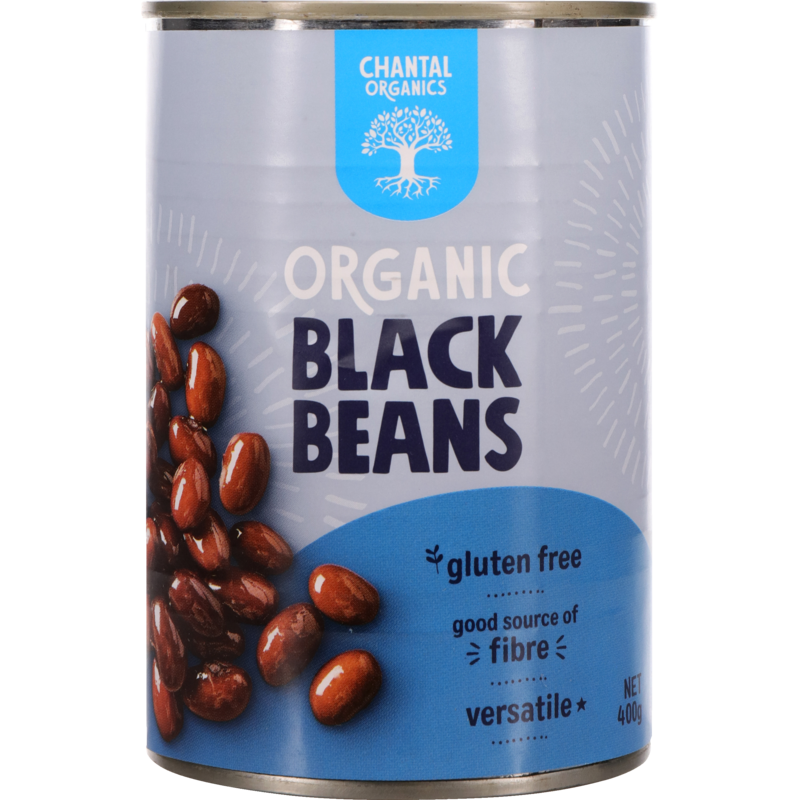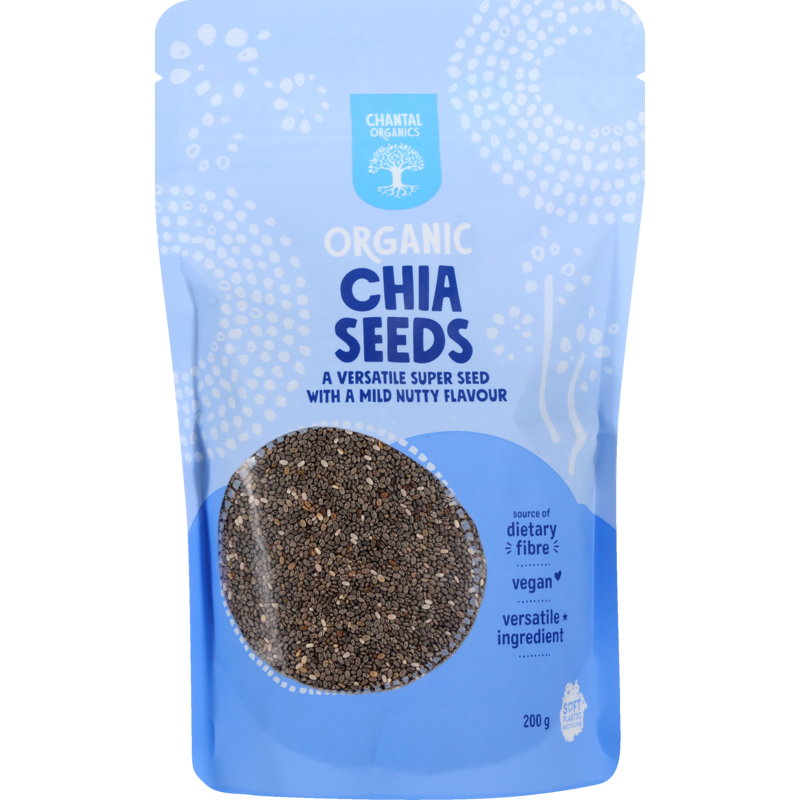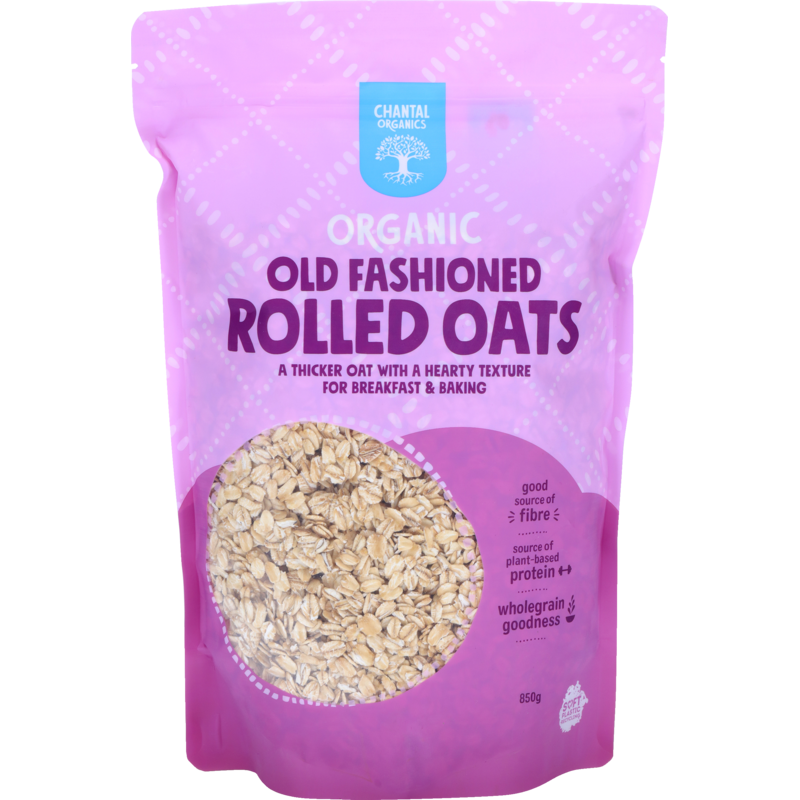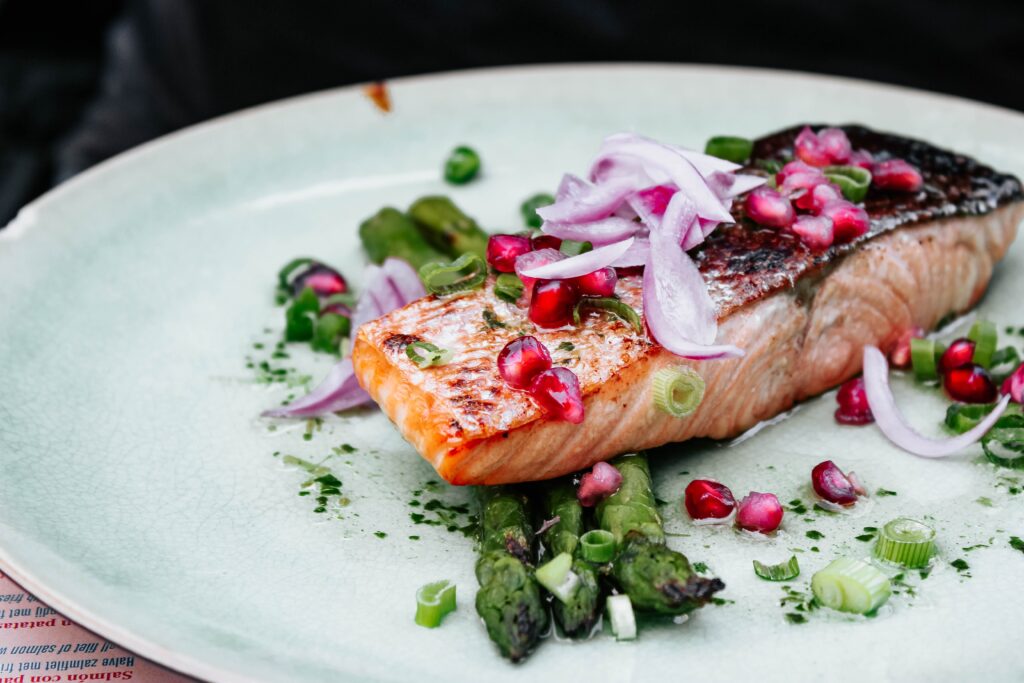
These creative ideas will turn a well-stocked pantry into healthy, home cooked meals that are economical, nourishing and time-saving.
It’s great to see more people getting into the kitchen and cooking for loved ones. While some of us love having time to explore new recipes and embrace meal making, some of us are even busier than before and need a bit of quick recipe inspiration. Whether you’re a pro or a novice, here are some practical ideas to make your meals feed a bigger crowd, last for 2 meals or have leftovers for lunch.
- Create healthy recipes using canned goods and pantry staples
Perhaps the hardest and most important decision with meal making is choosing the recipe. The recipe needs to have a good combination of delicious flavours, balanced nutrition including plenty of vegetables and protein, and using ingredients from your pantry. When it comes to ingredients, ‘less is more’ often rings true.
This Red Kidney Bean Coconut Curry comes together quickly with a few cans, yet the flavour is rich and flavourful. Lentils are high in protein and fibre, making this Lentil Chilli a nourishing and satisfying meal. During the work week, this Slow Cooker Butter Chicken is quick to put together in the morning.
2. Expand meat-based meals with plant-based protein
If you prefer using organic meat, one way to make meals more affordable, is to add some plant-based protein to make it go further. Canned beans are versatile and take on the flavours of the dish. As they are already cooked, simply add them when you add the other vegetables.
For example, add a can of lentils to your next Bolognese, a can of cannellini beans to tuna salad, a can of kidney beans to Chilli, or a can of black beans to lasagne, enchiladas or beef burgers. Try using small pasta shapes (or bean pasta) to turn soup into a hearty meal. We love Jeanne’s Beans as it uses beef or lamb mince for a deep flavour and a variety of canned of beans to make it feed many more mouths.
3. Be creative with ingredient alternatives
It’s a great time to try new recipes and if you don’t have a specific ingredient, no worries, use what you do have. Beans are versatile and any variety can replace another. Whole tomatoes can be used instead of chopped tomatoes by squeezing them with your (washed) hands into pieces.
When you swap vegetables, try to use one from the same family, i.e. root or starchy vegetables (carrot or butternut for kumara), swap greens for greens (spinach for silverbeet or kale for brussel sprouts). If you are out of peanut butter, tahini can be used instead.
In baking, swap one variety of nuts or seeds with another and wholemeal flour can replace white flour in any recipe (it may be slightly denser). Out of eggs? Use 1 tbsp of ground flaxseeds or chia seeds mixed with ¼ cup water for each egg called for. There are no rules, just use what you have.
4. Top 10 Healthy Pantry Staples
Eating healthy is a lot easier when your pantry is stocked with real wholefoods. Here are our top 10 suggestions, however, use this list as a guide only, no need to buy it all at once! Choose organic ingredients wherever you can. Read more about the benefits of eating organic here.
- Canned goods including beans, lentils, tomatoes and coconut milk
- Organic rolled oats and oat bran
- Healthy oils including olive oil, hemp oil and coconut oil. Learn more about hemp here.
- Apple cider vinegar – a super all around ingredient and household product
- A variety of nuts and seeds. Why activate nuts & seeds?
- Sulphite-free dried fruit such as raisins, apricots, shredded coconut and dates
- Nut butter: peanut or almond, or tahini if you prefer nut-free spreads
- Seasonings such as dried herbs and spices and tamari
- Wholegrains such as rice, buckwheat or quinoa
- Flour – a mix of white, wholemeal and gluten free such as rice, buckwheat or almond
Preparing nourishing meals with what is in your pantry can be economical, rewarding and delicious. It’s also a great way to jumpstart a healthy lifestyle. Be realistic with you can achieve in the time you have and start with small steps, such as picking one new ingredient or recipe to try each week or fortnight. Read Part 2 here.
PRODUCTS MENTIONED





